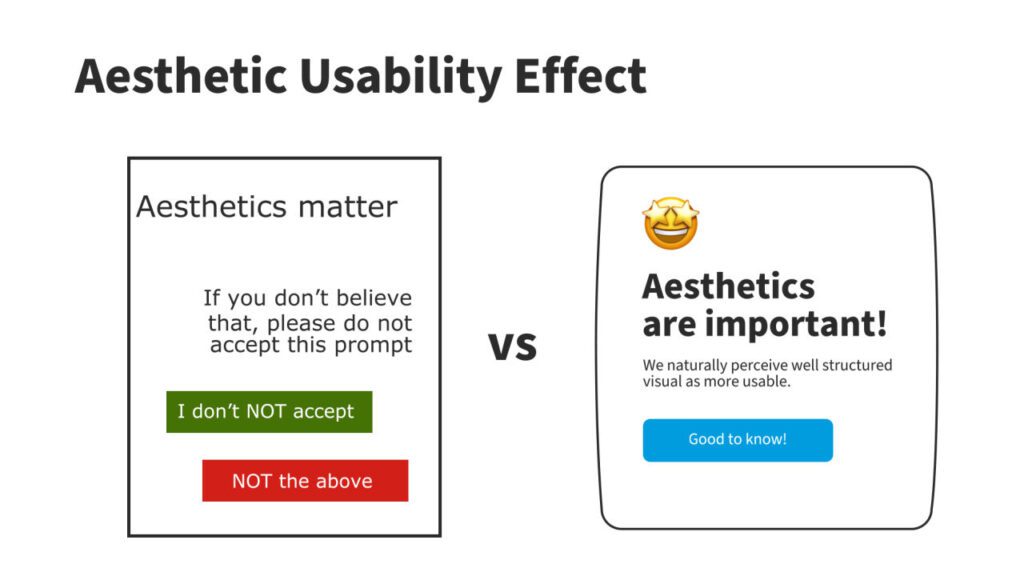A well-designed user interface is crucial for a successful game, as it helps players navigate the game and provides important feedback about their progress. User interface design in games is concerned with the overall look and visual style of the interface, with game designers using various design techniques to create an attractive and engaging interface. Navigation is an important aspect of user interface design, and the interface should be easy for players to navigate. The interface serves several critical functions, including providing information, feedback, and interactivity. By focusing on the form and function of the interface, designers can create a memorable gaming experience.
User Interface Design in Games: Form and Function
Games are immersive experiences that offer players the opportunity to step into a virtual world and control characters, solve puzzles, and defeat enemies. However, to make these virtual realities accessible to players, there needs to be a well-designed user interface. A user interface is the system of menus, buttons, and visual aids that players use to interact with the game. It not only helps players navigate the game but also provides important feedback about their progress. This article explores the form and function of user interface design in games.
Form: The Look of the Interface
User interface design in games is similar to interface design in any other digital medium, such as mobile apps, websites, or software. It is concerned with the overall look, presentation, and visual style of the interface. The form of a game’s user interface should be visually appealing, intuitive, and provide clear visual cues to guide the player’s eye.
Aesthetics
One of the most important aspects of user interface design is creating a visually appealing interface that draws players in and enhances their overall experience. The visual style used in the interface design should be visually congruent with the rest of the game, and it should be easy on the eye so that it does not distract from the gameplay.
Game designers use a variety of design techniques to create attractive and engaging interfaces, such as using color theory, typography, and graphical elements that align with the game’s theme. This helps establish a consistent style for the game and sets the tone for the player experience.
Navigation
Another important aspect of user interface design is navigation. The interface should be easy for players to navigate, allowing them to move easily between screens and find the information they need quickly. Navigation elements should be prominent and consistent, making them easy to spot and follow.
Game designers use a variety of techniques to make navigation elements clear and easy to use, such as using intuitive icons, labels, and clear visual cues. They also design interactions that feel natural and intuitive, such as making buttons that flush when players press them or sound effects that provide feedback when players interact with the interface.
Function: The Purpose of the Interface
In addition to its aesthetic form, user interface design in games also needs to serve a specific function. The interface is a crucial component of the game, and it serves several critical purposes, including:
Providing Information
One of the most important functions of the game’s interface is to provide players with critical information about the game’s mechanics, progress, goals, and other vital aspects of the game. This information allows players to make informed decisions and helps them understand the rules of the game.
Game designers use various techniques to present information in the interface, such as text, graphs, and icons, making sure that information is clear and easy to understand. For example, icons such as hearts or coins are commonly used to represent lives or in-game currency, respectively, in many games.
Feedback
The interface also provides feedback to the player, helping them understand how their actions are affecting the game world. This feedback can come in many forms, such as sound effects or visual elements, helping players understand whether they are progressing or stagnating in the game.
Interactivity
Finally, the interface is how players engage with the game world. It is their primary tool for interacting with the game, and it needs to be intuitive and responsive to create a memorable gameplay experience. The interface’s responsiveness can determine whether a player has a fun and enjoyable experience or a frustrating and unpleasant one.
Game designers build interfaces with interactiveness in mind, ensuring that they don’t create any interface-lag or other issues that may frustrate the player. By creating responsive interfaces that act like second nature to the player, they can have an enjoyable and immersive playing experience.
Conclusion
User interface design plays a crucial role in the success of a game. By creating an intuitive and visually appealing interface, designers help players understand the game mechanics, progress, and goals. They provide feedback that makes the game engaging and immersive, and easy-to-use navigational elements provide satisfactory gameplay. Designers should take time to focus on the form and function of the interface to create a memorable gaming experience that players will return to time and time again.
